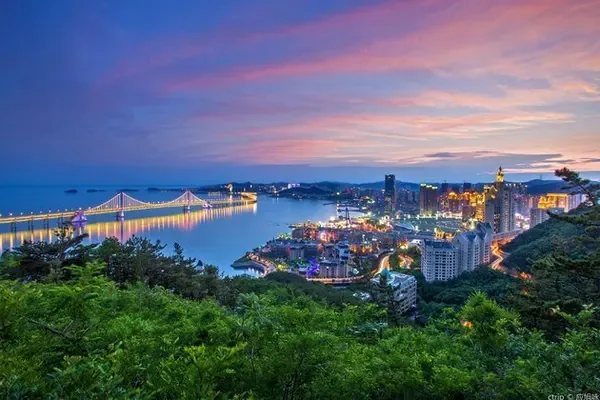introduce
Known as the "Sea of Death", the Taklamakan Desert is the tenth largest desert in the world, and it is also a mobile desert.
Among the major deserts in the world, the Taklimakan Desert is a very mysterious and attractive one. The types of sand dunes in the desert are complex and diverse. The complex sand hills and sand ridges are like giant dragons entrenched on the earth; the tower-shaped sand dunes are eclipsed by the Egyptian pyramids in height and scale. All kinds of honeycomb-shaped, feather-shaped and fish-scale sand dunes are unpredictable and majestic.

During the day, the Taklamakan is scorching red and the silver sand is dazzling, and the temperature on the sand surface sometimes reaches as high as 70-80°C. Exuberant evaporation makes the surface scenery erratic. Desert travelers often see hazy lake light and water color in the distance, clear lake surface, rippling water, and whirling tree shadows. This is the "mirage" phantom in the Taklamakan Desert.
There are two tall red and white sand dunes in the desert, named "Holy Sepulcher Mountain", which are composed of red sandstone and white gypsum respectively. The wind-eroded mushrooms on the Mount of the Holy Sepulcher have a strange shape, about 5 meters high, and can accommodate more than 10 people under the huge cover.
The Taklamakan Desert Highway is a grand project to conquer the "sea of death". This is the road that is usually taken as a general tourist across the Taklamakan Desert. And explorers will choose the two routes with Yutian or Moyu as the starting point (or ending point) and Aksu as the ending point (or starting point) as the crossing in the sense of exploration. Among the two routes, the route along the Yutian Dahe River is very difficult. .
opening hours
The specific business status is subject to the opening of the day
must see tips
1. About 20 days from late October to mid-November every year is the golden season for crossing the Taklamakan Desert. This period is the dry season, the season when there are fewer dust storms in Taklamakan, and there are fewer mosquitoes of all kinds. At the same time, the leaves of Populus euphratica in the Tarim Basin turned golden, and the scenery was very charming.
2. The ultraviolet rays in the desert are strong, so sunscreen and sunglasses are essential.
3. The sunrise time of Korla is 2 hours later than that of the eastern region, but it will become very sunny after sunrise, so sun protection measures should be taken in advance. Go early when crossing the desert.
